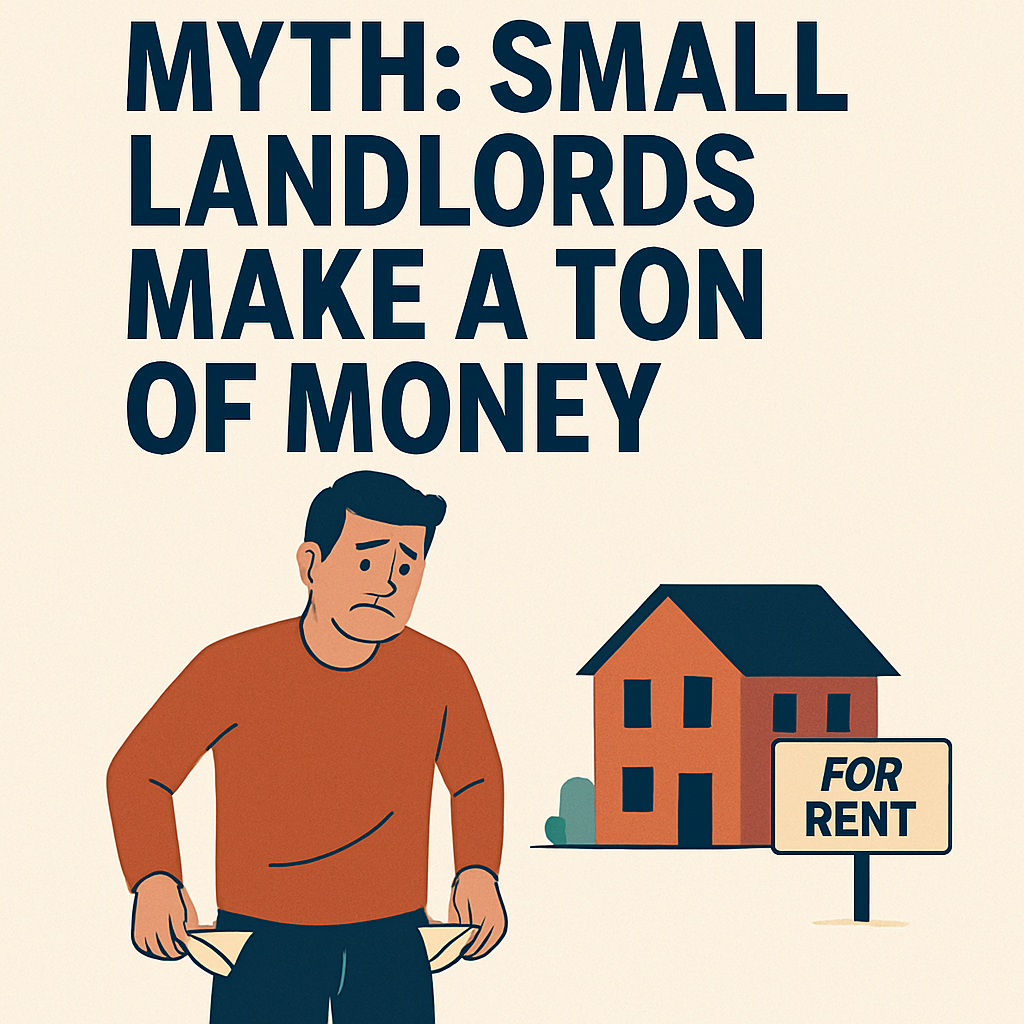
5 Factors You Must Consider When Investing in Apartment Buildings
March 1, 2017
Burned Out by Tenants and Repairs? How I Help Landlords Sell Fast!
November 17, 2025The Hidden Costs of Tenant Turnover: What Every Landlord Should Know
For landlords, a vacant unit isn’t just an empty space—it’s a drain on time, money, and energy. Tenant turnover is one of the most expensive aspects of property management, yet it’s often underestimated. While a new tenant might bring fresh opportunity, the process of transitioning between renters can eat into your profits more than you’d expect. 
Let’s break down the real costs of tenant turnover and why minimizing turnover should be a priority for every landlord.
1. Lost Rent
The most immediate hit comes from the loss of rental income during vacancy. Even a few weeks without a tenant can disrupt your cash flow. If your unit rents for $1,500/month and sits empty for three weeks, that’s over $1,000 in lost income.
2. Cleaning and Repairs
No matter how responsible a tenant may be, there’s almost always cleaning and maintenance to be done once they leave. Deep cleaning, paint touch-ups, carpet cleaning, and minor repairs can add up fast—especially if damage exceeds normal wear and tear.
3. Marketing and Advertising
To fill your unit quickly, you’ll need to get the word out. That often means paid listings, refreshed photography, possibly staging, or even working witha leasing agent or property manager—all of which cost money.
4. Time Spent on Showings and Applications
Time is money, and showing your unit, reviewing applications, and vetting tenants can take significant effort—especially if you’re managing multiple properties or juggling a full-time job.
5. Leasing and Administrative Work
Drafting lease agreements, handling background checks, coordinating move-ins, and documenting property condition reports all require administrative time and/or third-party costs.
6. Utilities and Holding Costs
With no tenant, you’re often on the hook for water, gas, electricity, trash, and possibly even HOA dues. These may not be enormous individually but can still eat into your net return.
How to Reduce Tenant Turnover Costs
-
Screen Tenants Thoroughly: Good tenants stay longer and take care of the property.
-
Maintain Strong Communication: Build rapport and stay responsive to tenant concerns.
-
Offer Lease Renewal Incentives: Small rent discounts or upgrades can encourage longer stays.
-
Keep Your Property in Great Shape: Well-maintained homes foster pride and retention.
In Conclusion
Tenant turnover is more than just a routine inconvenience—it’s a costly interruption that impacts your bottom line. By recognizing the hidden expenses and implementing strategies to improve tenant retention, landlords can create a more stable and profitable rental business.



